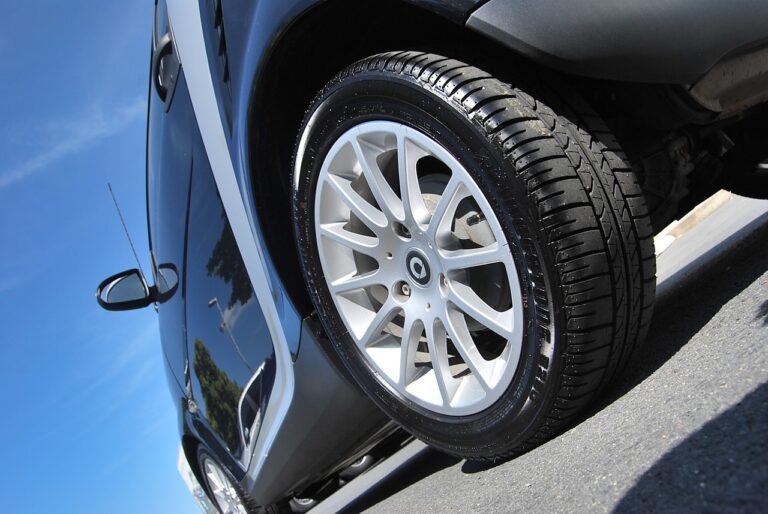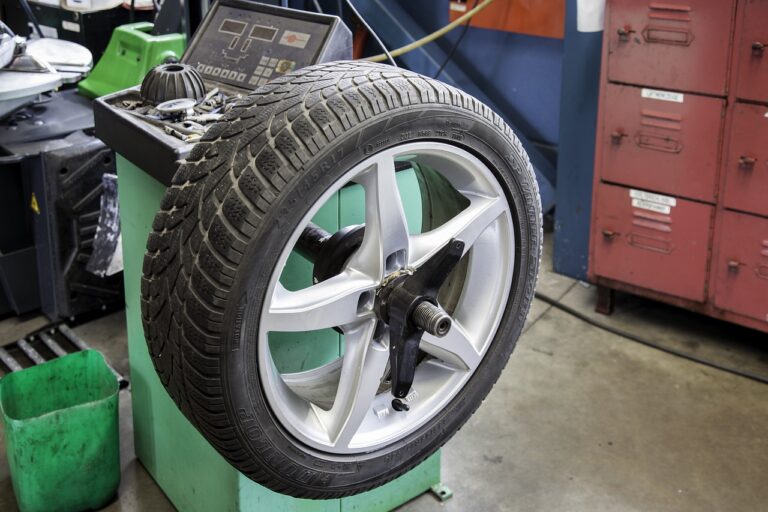Tyres and Wheel Balancing
Tires and wheel balancing are critical aspects of your vehicle’s performance, handling, and safety.
Tires are the only point of contact between your vehicle and the road, making them crucial for safe and efficient driving. They support the vehicle’s weight, provide traction, absorb shocks from road imperfections, and assist in steering and braking.

Your Tires Are Very Crucial

Tires are composed of several layers, including the tread, sidewall, and inner liner, each serving specific functions. It’s recommended to have your wheels balanced whenever you install new tires, rotate your tires, or if you experience vibrations while driving. Regular tire rotations and wheel balancing are part of routine vehicle maintenance to ensure optimal performance, safety, and tire life.
Tire Tread
Tire Sidewall
Tire Inflation
Wheel Balancing
Wheel balancing is the process of equalizing the weight distribution of the tire and wheel assembly to ensure smooth and stable driving. When a tire and wheel assembly is unbalanced, it can lead to vibrations in the steering wheel or vehicle chassis. These vibrations can worsen over time, resulting in uneven tire wear and potential handling issues.
Importance of Wheel Balancing

1. Smooth Ride
2. Tire Longevity
3. Improved Handling
4. Reduced Strain
Get Your Tyres and Wheels Checked Now




